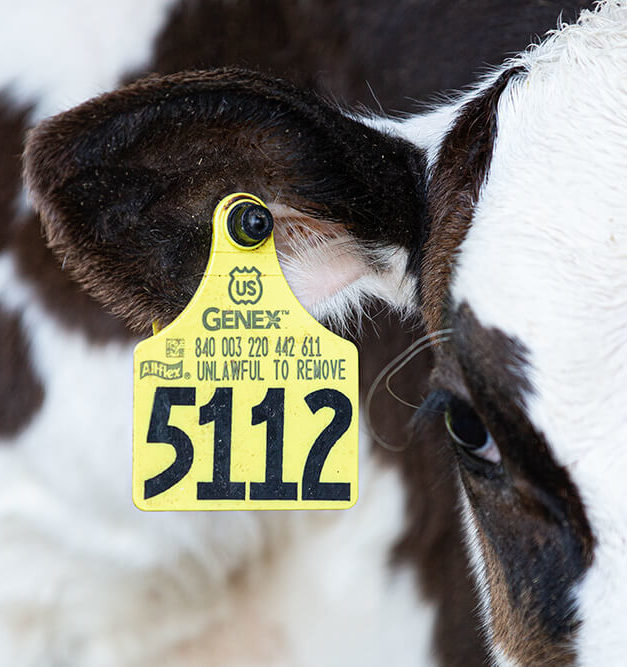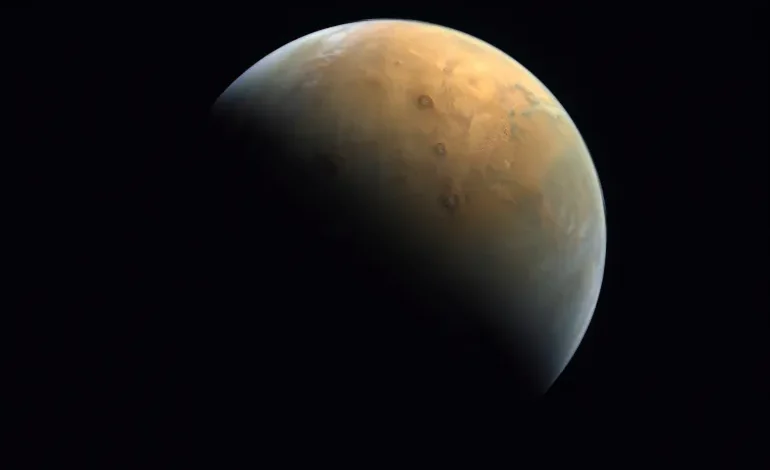SpaceX founder Elon Musk has announced that there is a 50 percent chance his Starship spacecraft could make its first uncrewed voyage to Mars by the end of 2026, despite recent test-flight setbacks, as per Al Jazeera.
Musk shared the ambitious timeline in a video update from SpaceX’s Starbase facility in Texas. The announcement came just two days after the company’s latest Starship test flight ended prematurely due to a loss of control mid-flight.
The South African-born billionaire said the proposed 2026 mission depends heavily on the success of critical tests still ahead — particularly the ability to refuel Starship in Earth’s orbit after launch, a key capability for long-distance missions.
Calling Starbase the “gateway to Mars,” Musk emphasized its importance in the broader goal of making life multi-planetary.
“It is where we are going to develop the technology necessary to take humanity and civilisation and life as we know it to another planet for the first time in the four and a half billion year history of Earth,” he said.
The late 2026 launch window coincides with a rare planetary alignment that offers a shorter and more energy-efficient route to Mars. The journey would take roughly seven to nine months.
The first flight would carry no humans but would instead transport Tesla-designed Optimus humanoid robots as a simulated crew. Manned missions would follow in subsequent launch windows, potentially beginning as early as 2028.
Musk acknowledged that if Starship isn’t ready in time for the 2026 window, the company would postpone the mission to the next opportunity in 2028. The timeline is tight, especially given the challenges SpaceX has faced. Earlier this week, the ninth Starship test flight ended in failure when the rocket spun out of control and disintegrated roughly 30 minutes after launch. A fuel leak was later identified as the cause of the malfunction.
This is not the first time Musk has revised his Mars ambitions. He originally aimed to send an uncrewed spacecraft by 2018 and a crewed mission by 2024, but repeated technical hurdles have pushed those goals back.
Despite the setbacks, Musk remains optimistic. He described the most recent failure as a learning opportunity, stating that it produced valuable data and promising a faster pace of future launches. Previous failed flights, including explosions in January and March, have also forced the company to reevaluate its test protocols.
SpaceX’s Starship program is a central part of its long-term Mars colonization plans. It also plays a key role in NASA’s Artemis program, with Starship selected to land astronauts on the Moon in 2027 — the first such mission since 1972.
While the Mars mission remains years away, the 2026 target underlines Musk’s continued push toward an interplanetary future, with Starbase and Starship at the heart of his vision.









The latest news in your social feeds
Subscribe to our social media platforms to stay tuned